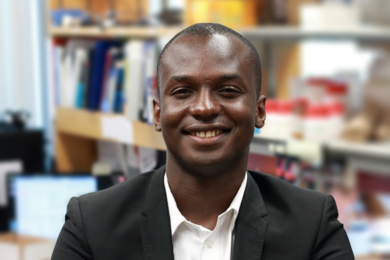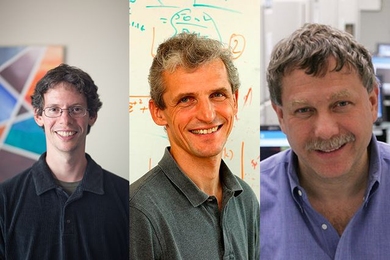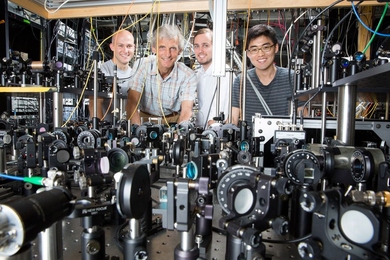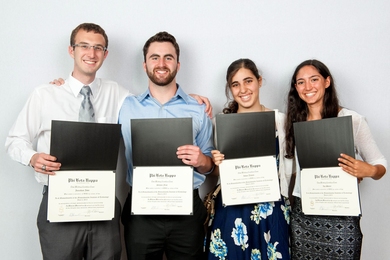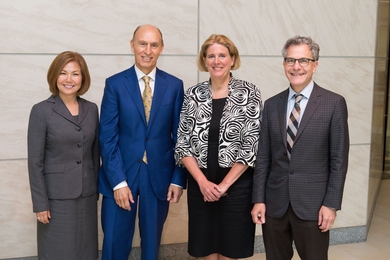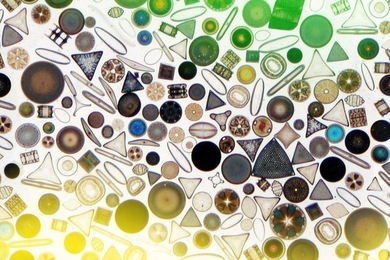Faculty Highlight: Ibrahim Cissé
Assistant professor of physics probes the formation of enzyme clusters that enable gene copying and protein production in living cells.
Can rain clean the atmosphere?
Study explains how rain droplets attract aerosols out of the atmosphere.
Paul O’Gorman: Extreme storm modeler
Atmospheric scientist tracks climate change’s effects on extreme storms.
A small, modular, efficient fusion plant
New design could finally help to bring the long-sought power source closer to reality.
MIT chapter of the Phi Beta Kappa Society inducts 80 new members
Seniors combine the very best of humanities and science scholarship.
John Belcher receives prestigious Oersted Medal
MIT professor of physics honored with the highest teaching award in the American physics community.
Frederic John Eppling, Laboratory for Nuclear Science physicist, dies at 95
In more than 60 years at the Laboratory for Nuclear Science, Eppling made significant contributions to particle, high-energy, and cosmic ray physics.
Predicting the shape of river deltas
New method may help engineers determine coastal impact of dams and levees.
Ocean acidification may cause dramatic changes to phytoplankton
Study finds many species may die out and others may migrate significantly as ocean acidification intensifies.

